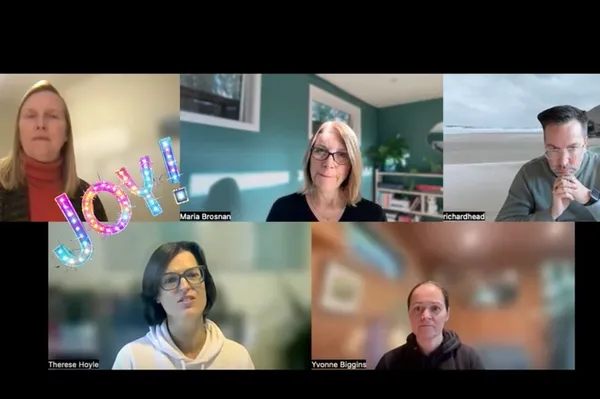Giving physical things meaning and forming an attachment to them is something that is interwoven into our culture. When someone receives a gift, it is an expression of the giver’s affection for the receiver. These objects are inherently relational and act as an extension of the relationship as we pass them from one person to another.
The term transitional object was coined in the 1950s for items which were both created or discovered to provide comfort to children when separated from their primary caregiver (Wakenshaw, 2020). It’s important to remember that separation is a developmental necessity.
A young person’s reliance on such objects is rooted in the senses that lessen the stress of separation. While the Transitional Object soothes and comforts the child, it also provides solace, predictability, and consistency. (Litt, 1986)
Transitional objects for children within the school setting can provide the same functions of stability, connection and feeling grounded and are a potentially valuable tool for a Teacher, TA or adult in a similar role to adopt, being particularly useful at the start of the school year. The Transitional Object is something that can be used to remind a child or young person that, although they are separated from their parent (or their Emotionally Available Adult), they can continue to hold them in mind and feel their connection with them.
A Transitional Object could be any of a range of items which represent the security they experience. Ideas include:
- Cuddly toys
- A note
- A photo
- A handkerchief with a particular scent
- A pebble (heart-shaped pebbles can be purchased online!)
- For younger children something that can be attached (and therefore not lost!) such as a keyring (with a photo)
- Perfume or aftershave sprayed on a collar
It’s preferable for the child to have choice and autonomy in selecting a Transitional Object (you may decide to offer them a selection to choose from) and they might need support in keeping the object safe and secure.
For example:
Harry is 8 years old and has had difficulties in attaching to an adult. He is just beginning to make that sort of relationship with his Teaching Assistant (TA). They’ve practised managing separations by the TA taking a beautiful, smooth stone and holding it in her hand, showing Harry what she’s doing.
She might say:
“This little stone has got the warmth of my hand in it.”.
She might then put the stone in Harry’s hand and hold her hand around his hand with the stone in it and say:
“Can you feel the warmth in this stone? Every time you hold the stone in your hand you will feel its warmth, and know that my warmth is in it too. You can think of me and I'll be thinking of you".
For older children you might have a conversation with the individual about what this separation will look like, and how that makes them feel. Using Playfulness, Acceptance, Curiosity and Empathy to explore any worries they may have.
Separations are difficult for many young people, regardless of their age, as it may cause feelings of abandonment and rejection to resurface.
Once you have discussed their feelings surrounding spending some time apart you could suggest finding two items together. Maybe two pebbles at the beach, or two matching pens, this keeps the sense of connection reciprocal.
Depending on the young person, they may not be open to this as this depends on them being open about their concerns surrounding your time spent apart.
If the young person expresses indifference about your time apart, even if you suspect this is untrue, do not pressure them into this activity. Instead, you might suggest the young person ‘takes care of’ an object of yours while you are away. It does not need to be an expensive or precious item. It could be a favourite pen, hairband, stone, a photograph, a keyring, or something small that belongs to you.
This ‘taking care’ conveys to the young person that they are worthy of looking after something that you care about. It also shows the child that, although you will be spending some time apart, you will be back. The item is a concrete representation of your relationship.
It may help to tell the young person a ‘story’ behind the item and why it means a lot to you.
For example:
“I bought this hairband when I was sad one day. I loved the colour, so I bought it. Now, whenever I’m sad, it cheers me up”.
You could tell them that if they ever feel sad while you are away, that they can hold the hairband, and think of you.
It’s also useful to be prepared for being reunited. On occasion you will need to manage the object being lost or mislaid - It’s important not to dismiss the value of the item to you. You might say:
“Oh I'm sorry it’s been lost - I really like the colour of it. I wonder if someone else has picked it up and likes it as much as me?”
Sometimes it’s not possible to manage every absence well. Life happens that can make absolute consistency around this difficult. If this happens and the child experiences an unplanned absence of the trusted adult, it’s important to name what has happened and underline its importance by validating the child’s experience of loss and pain (which may also be expressed as anger).



